Fried lumpia is like a gift that keeps on giving. It’s favored by Filipinos of all ages; it’s one of the easiest dishes to prepare - even in advance - and it stocks up well in the freezer for months. Plus, it pairs perfectly with almost any other Filipino dish, whether with steamed white rice or pancit palabok, spaghetti, or even fluffy puto.
Making fried lumpia at home is as easy as 1-2-3: mix the filling, wrap, and fry. If you want a no-fail product, then you have to know a bit of science behind preparing these delicious rolls. Here are some tips and tricks that you should follow next time you make lumpia:
1 Make the filling the star.
The filling is probably what sets apart a good lumpia from a not-so-good one. It is your main star, so you have to give it much attention from the beginning. You want to pick a filling that caters to all your diners. Here are some classic options to choose from:
-
• Togue or bean sprouts with chopped shrimp and pork
-
• Bacolod-style ubod with ground pork
-
• Gulay or vegetables with carrots, green beans, and sweet potatoes
-
• Laguna-style ground beef with sweet potatoes
-
• Vietnamese-style vermicelli noodles with chopped meat and vegetables
-
• Buko or coconut strips with chopped meat and vegetables
-
• Cheese for cheese sticks
-
• Banana or saba for turon
-
• Tikoy, leche flan, ube, or other sweets for dessert lumpia
-
• The all-time favorite lumpiang Shanghai
[ArticleReco:{"articles":["19423","21024","17781"]}]
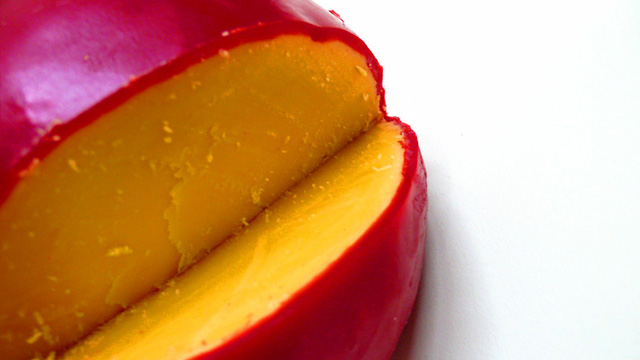
2 Add extras.
The filling can be as simple as ground pork, shredded carrots, onion, and other seasonings, but you can also give it some tasty twists to surprise your loved ones. Here are a few ideas:
- 1. Add cheese cubes! Something as simple as cheese can add extra creaminess to the filling and make it more appealing to kids.
- 2 Mix in some herbs. Cilantro, parsley, or chives can add flavor and color to the filling.
- 3. Spice it up. For a different flavor profile, try adding spices like cumin, paprika, or oregano.
- 4. Swap meats. Instead of pork, use beef, chicken, fish or even crabmeat. You can also add chopped shrimp to make it extra special. You can go meatless, too, by using mushrooms.
- 5. Stir in flavored oils. Add flavored oil for that extra personal touch. A splash of sesame oil will make it taste like siomai, or maybe even a drizzle of truffle oil on special occasions.

3 Ingredients should all be the same size.
When preparing the filling, it’s important to keep the size of all ingredients uniform. This is so everything cooks at the same time. You don’t want to have an undercooked kamote or overcooked shrimp in there. You also want to make sure that each component is distributed equally within the mixture. Make sure that ingredients aren't clumped up together, either.
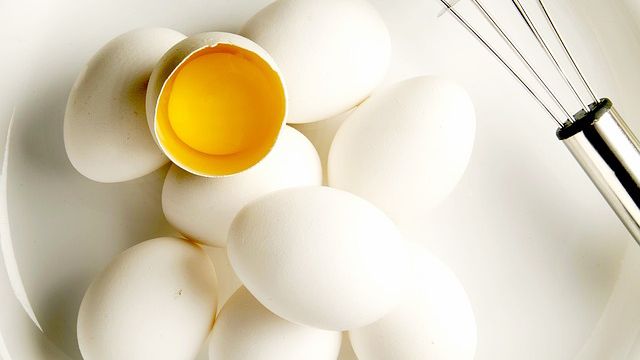
4 Add a binder.
Another important factor is the binder. While some fillings don’t necessarily call for them, others benefit from a binder to keep all components together. This means it’s also easier to eat the rolls without making a mess. Choices for binders include beaten egg, flour, breadcrumbs, or even mashed starchy vegetables.

5 Season and taste before rolling.
It’s also crucial that you season your filling very well. Once the filling is wrapped and fried, there’s no turning back to add more seasoning. To test, you can take a small amount of the filling and fry. Take it from there and see if it needs more salt or pepper.
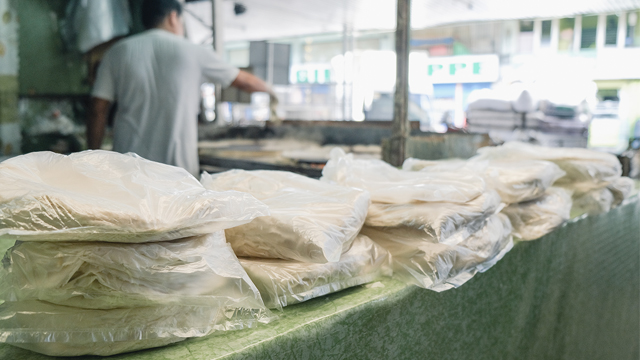
6 Choose your wrapper.
So your filling is ready. The next step, of course, is to wrap it up like a tight embrace from your loved one. Choosing a wrapper is fairly easy. The traditional lumpia wrapper is readily available in wet markets or groceries. Just make sure that you choose the right size for the lumpia you’re trying to make. Large wrappers can be cut in half so that there’s still a good filling-to-wrapper ratio once cooked. Other options are Vietnamese spring roll wrappers, wonton wrappers, or even tortillas.
Remember that the store-bought lumpia wrappers are stacked one on top of the other, so you have to carefully peel each one before starting. Make sure that there are no holes in the wrapper or else all your filling will spew out! The fresh wrappers also have a tendency to dry out one exposed so cover them with a damp towel while you wrap.
[ArticleReco:{"articles":["21104","17040"]}]
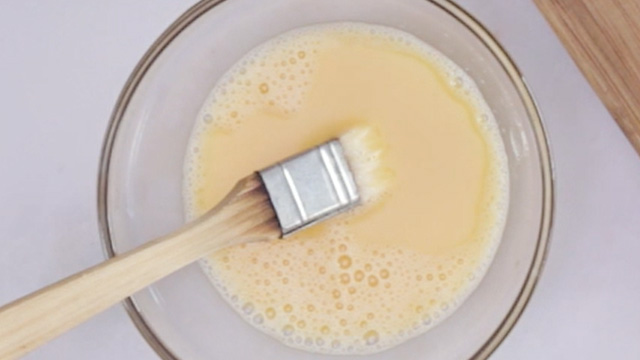
7 Seal it good.
You’ll also need to prepare a sealer. Water will do, but some prefer to use a beaten egg to give it extra strength and color. Make sure to prepare a station where all lumpia components are visible and reachable so that you can work continuously. Here's how to do it:
Lay out the wrapper smoothly on a dry surface. After this, take some of your filling and spread it out into a log in the middle of the wrapper, leaving about a two-inch space at both ends. Make sure the filling is just enough, about 2 tablespoons to 1/4 cup would do it. Fold the wrapper from the bottom to seal the filling. Make sure it’s tight so the filing is compact, but also not too constricting that the lumpia might explode once fried. Fold in the sides, damp the end with your sealer and roll away. Repeat with the remaining filling and wrappers.
At this point, you can either refrigerate or freeze your lumpia for storage until you are ready to fry.
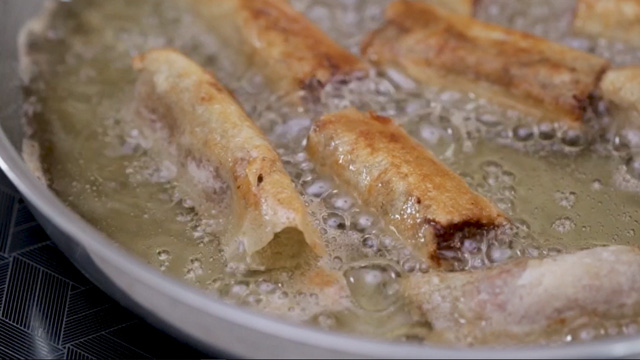
8 Time to fry!
And you come to the last step! Just a few more minutes and your lumpia is ready for consumption! But here’s a tip: Take your time when frying the lumpia. First, you want to fill your pan with enough oil to deep-fry your lumpia. You can also choose to shallow fry your rolls but consider that this might result in uneven cooking and color. You want your oil hot enough, or else your lumpia will only absorb your oil. To check, you can dip the end of a wooden spoon into the oil. If it bubbles, then you’re good to go.
You don’t have to completely thaw your rolls before frying them. Frying slightly frozen lumpia will even result in extra crispness, which everyone would love. Just remember that this might cause extra oil splatters.
Don’t overcrowd your pan; make sure to fry in batches. Also, take a breather between batches as the oil might be too hot already. You can let it cool down a bit before adding your next batch so the filling also gets cooked. Once done, you can take out the lumpia from the pan and strain them on a wire rack. You can also drain the oil with paper towels, but consume them immediately because they will turn soggy if stacked on top of each other.
[ArticleReco:{"articles":["18476","18467","19991"]}]
That’s all the tips and tricks you can do next time you prepare a batch of fried lumpia. Perfectly golden and crisp lumpia awaits!
ALSO READ:
[ArticleReco:{"articles":["20573","20886","19277"]}]
